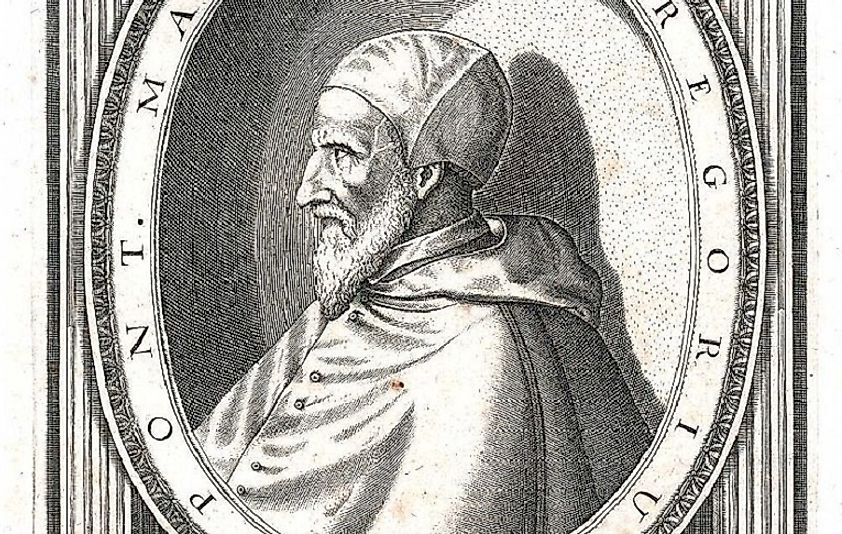What Is The Gregorian Calendar?

Origins of the Gregorian Calendar
The Gregorian calendar was first used in 1582. It was introduced by Pope Gregory XIII as a way of correcting the Julian calendar and its yearly measurements. The Julian calendar required a leap year every 4 years as a way to compensate for an 11-minute miscalculation of the solar year. However, this adjustment was not sufficient to keep the calendar in line with the solar year. The discrepancy pushed the Easter celebration further from the vernal equinox every year. The Pope was motivated to return to the celebration as it was originally planned by the earlier Church. When the Catholic Church began utilizing the new calendar, several Catholic countries followed, including Italy, Poland, Portugal, Spain, and some areas of France.
Method of Recording Time
According to the Gregorian calendar, the leap year is implemented in years that are divisible by 4. If the year is divisible by 100, it is not a leap year unless it is also divisible by 400. In order to ensure the calendar aligned with the solar year, the public had to skip several days. Initially, this began as 10 days lost. However, the longer a country waited to switch calendars, the more days it was required to skip. Today, the Julian calendar is approximately 13 days behind the Gregorian date. The Gregorian calendar is not 100% accurate, either and actually has a 26-second yearly difference when compared with the solar year. By the year 4909, the calendar will be 1 day ahead of the solar year.
Skeptics and Protests
Protestants were largely skeptical of the Catholic move to change the calendar. Many believed the Gregorian calendar was part of a larger scheme to undermine the spread and influence of the Protestant churches. The calendar was also initially rejected by the Orthodox Church. Because of this rejection, Easter was celebrated on different dates depending on the Christian denomination.
Over time, other countries gradually began to adopt the new calendar, though this was not always without protest from the public. In Czech lands, Protestants protested against the monarchical implementation of the new calendar. In the United Kingdom, one of the later countries to use the new calendar, Irish Catholics protested against England by celebrating Christian holidays based on the Gregorian dates.
Adopting the New Calendar
Because not every country adopted the Gregorian calendar simultaneously, different nations in the world used different dates for some time. While Denmark (then including Norway, Prussia, and the Protestant states of Germany adopted the calendar in 1700, it was only a partial change. These countries only recognized the solar calculations, disregarding the lunar part. Under this system, Easter was calculated using the vernal equinox according to the Gregorian calendar and the instance of the full moon. Germany claimed this was an improved system until 1774, when they adopted the complete Gregorian calculation. Sweden switched over 40 years, from 1700 to 1740, deciding not to skip 11 days but rather to skip leap days. This move meant that Sweden was neither under the Julian nor the Gregorian calendar for 4 decades. The very last country to accept the Gregorian calendar was Turkey in 1926. Saudi Arabia, Nepal, Iran, Afghanistan, and Ethiopia have not yet adopted the new calendar.
Widespread Use
As the calendar spread throughout the globe, more governments were inclined to officially adopt its usage. This was done as a means of easing international relationships. Although some countries use the Gregorian calendar alongside a traditional calendar, today, the Gregorian calendar is the most widely used civic calendar in the world.











